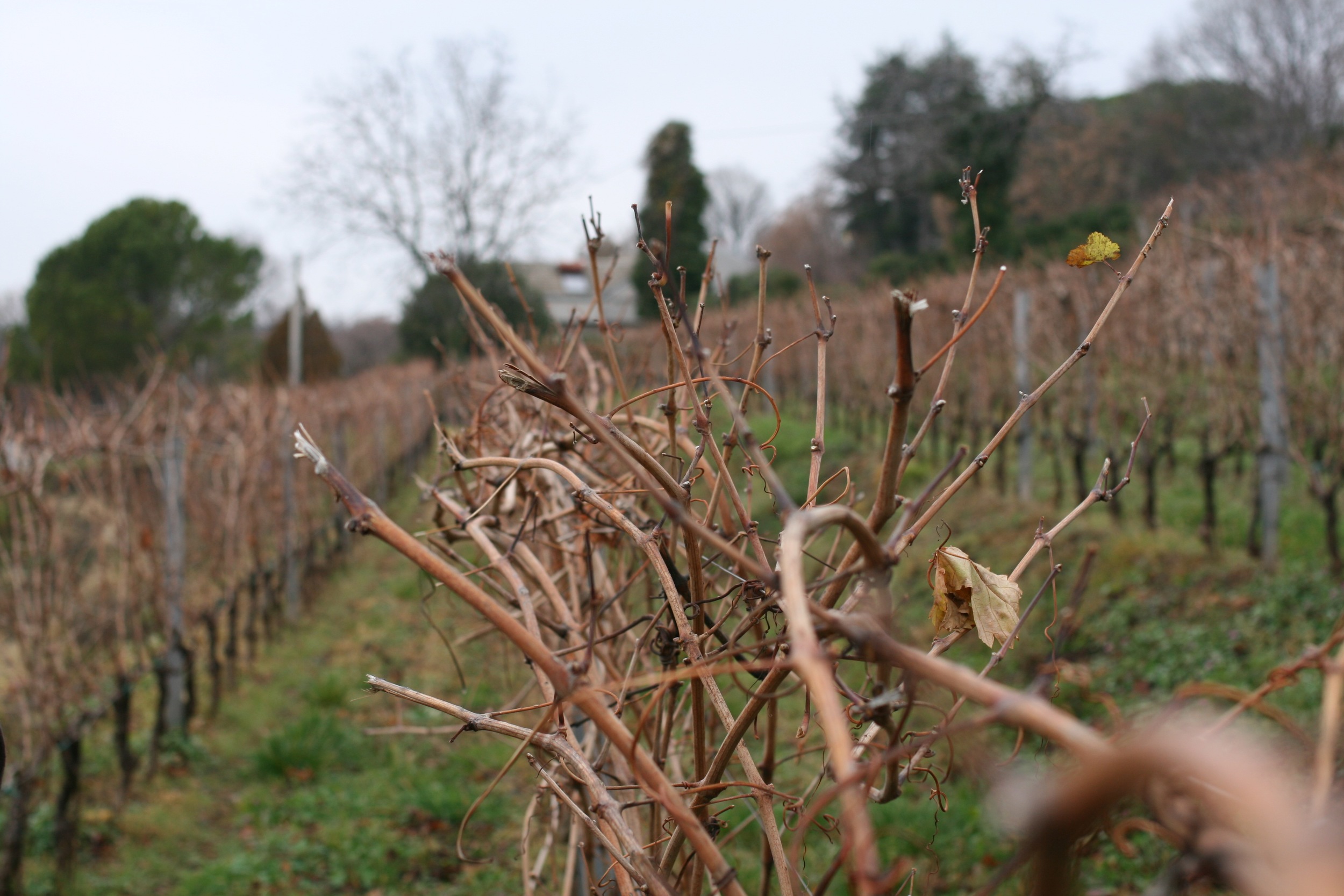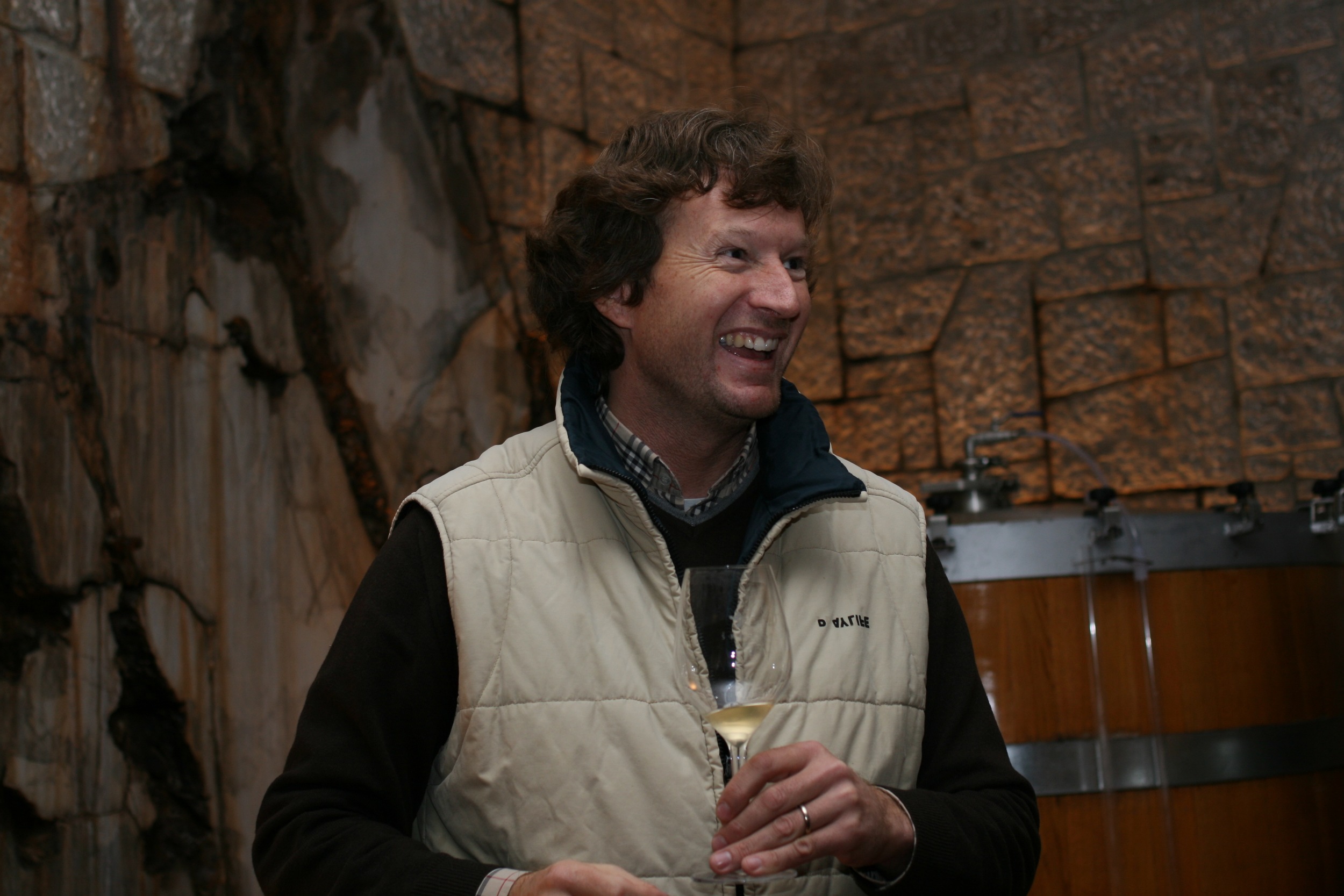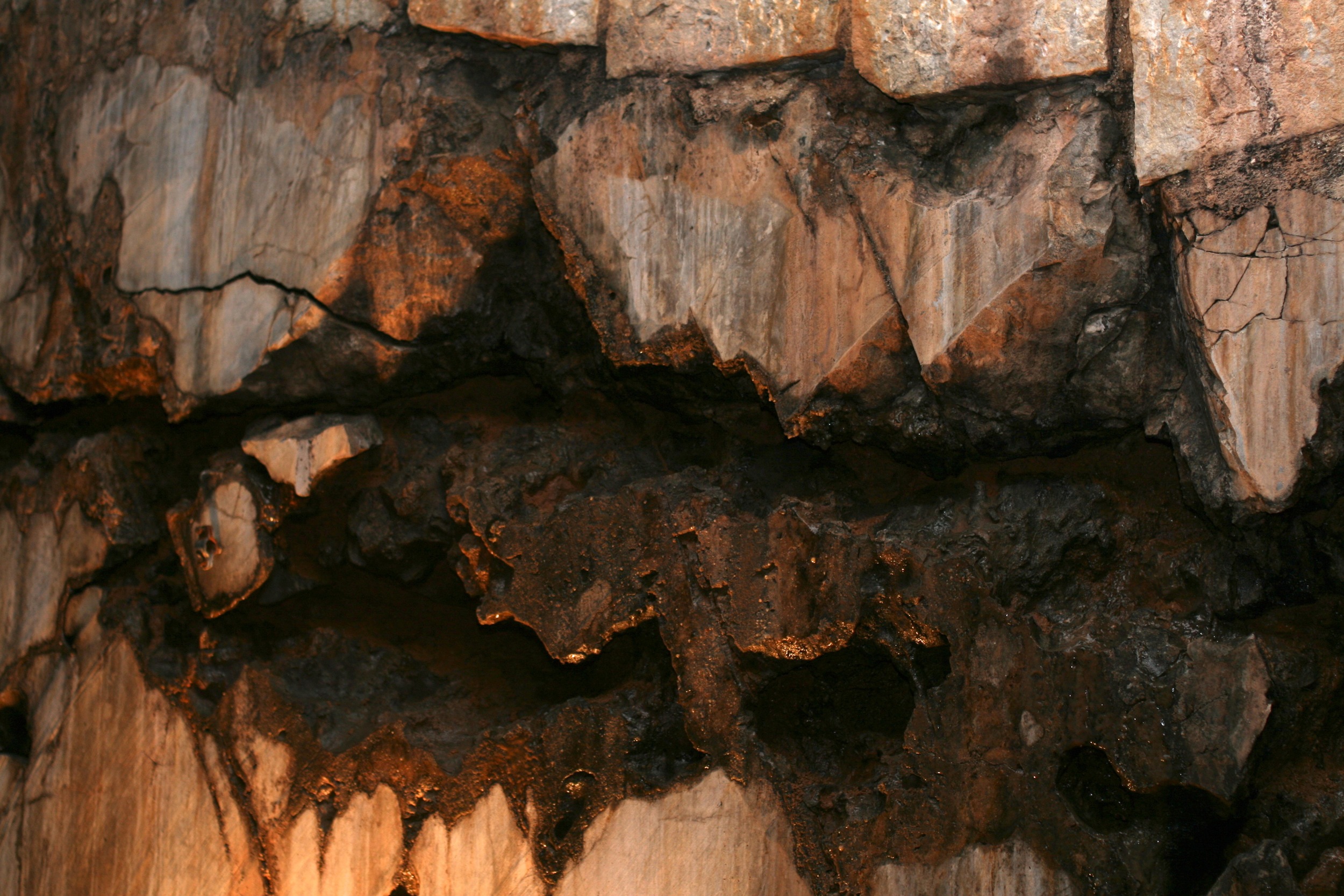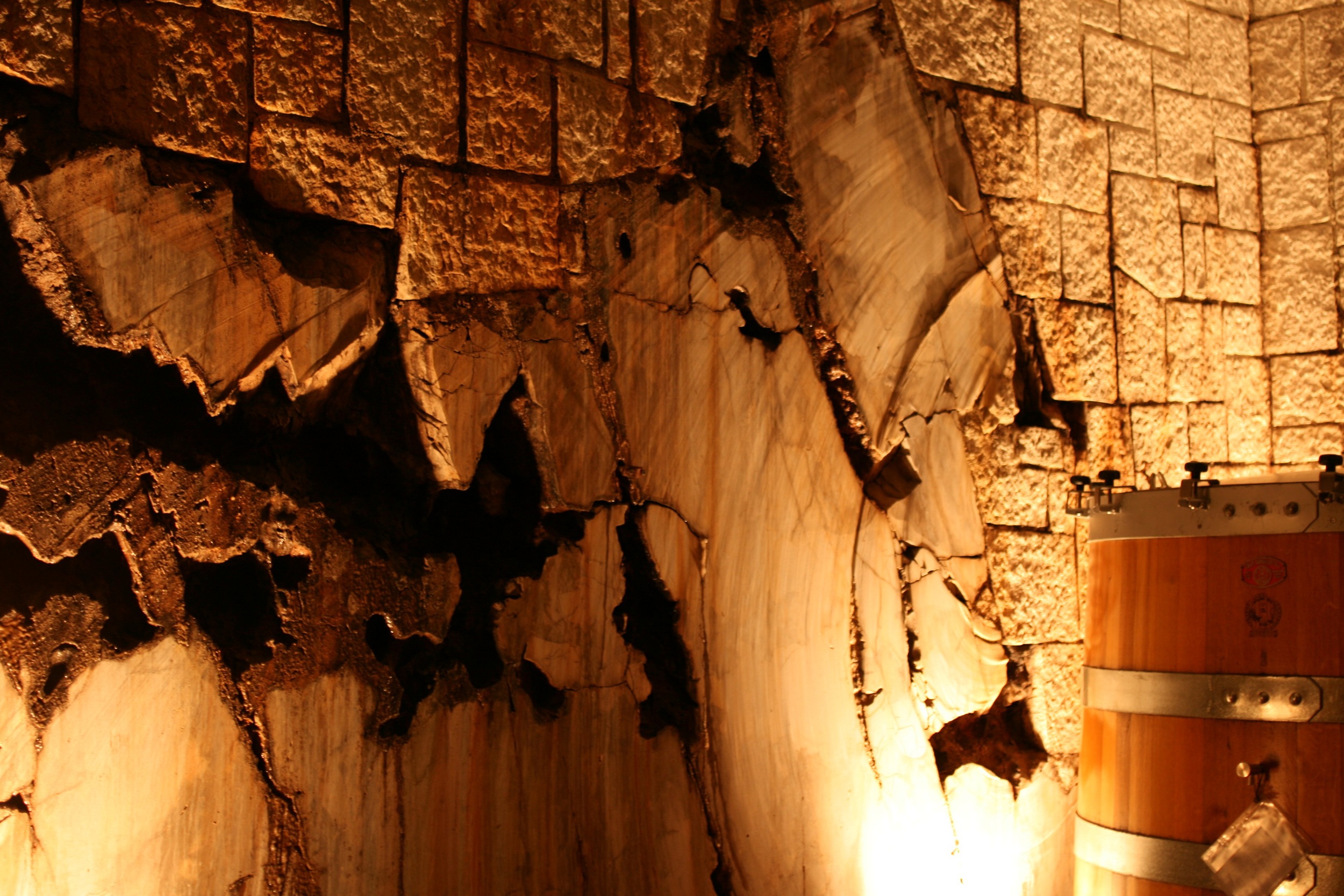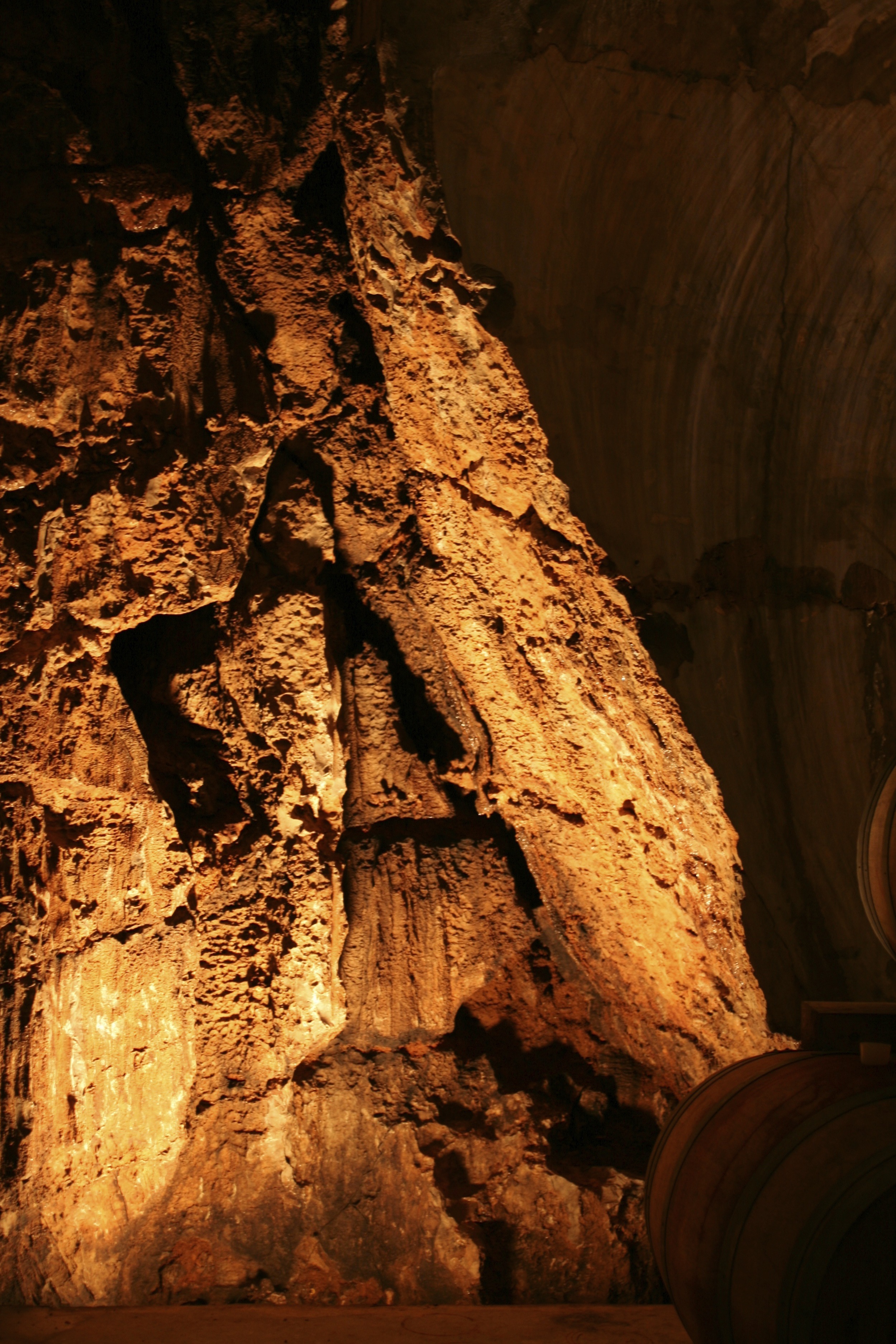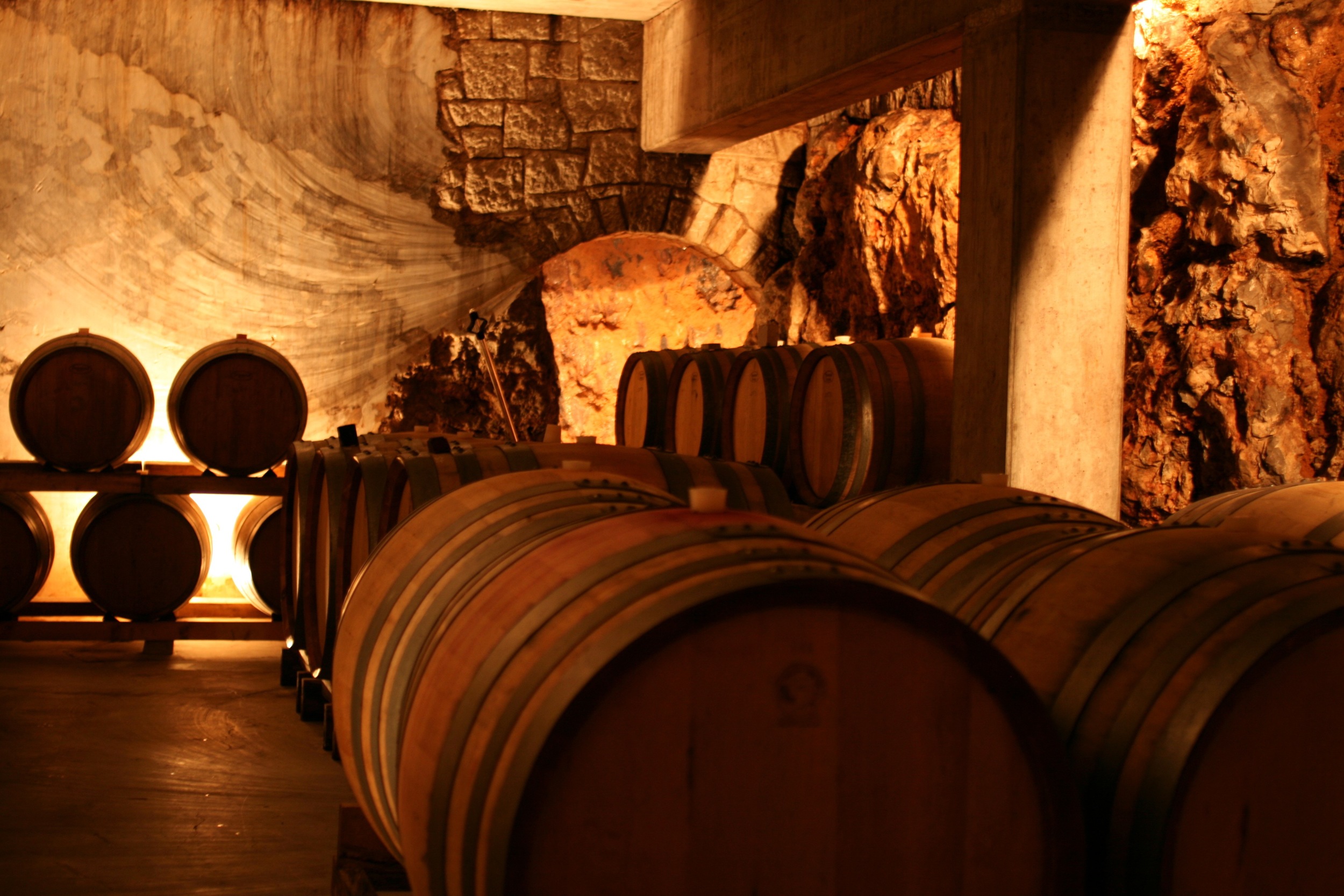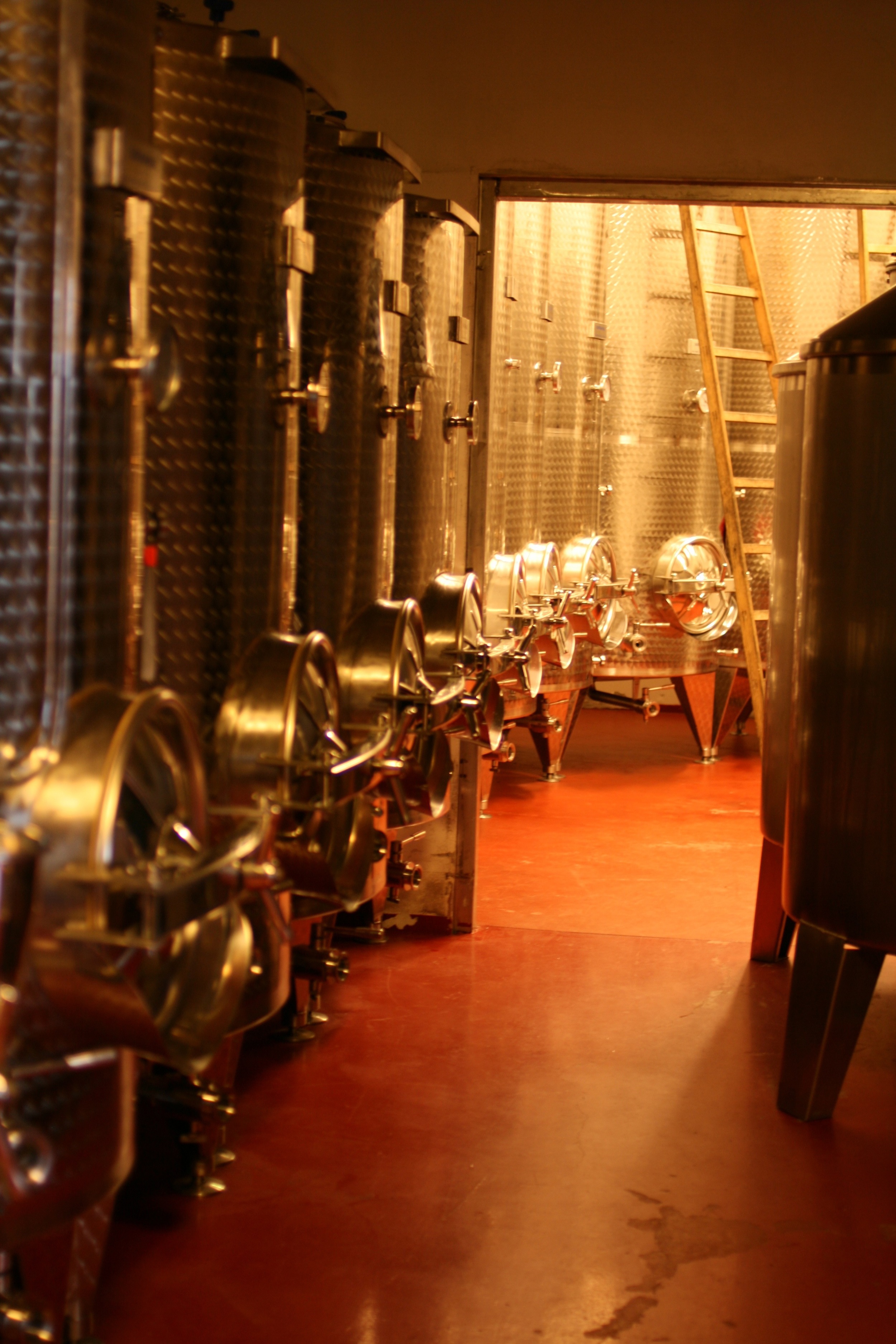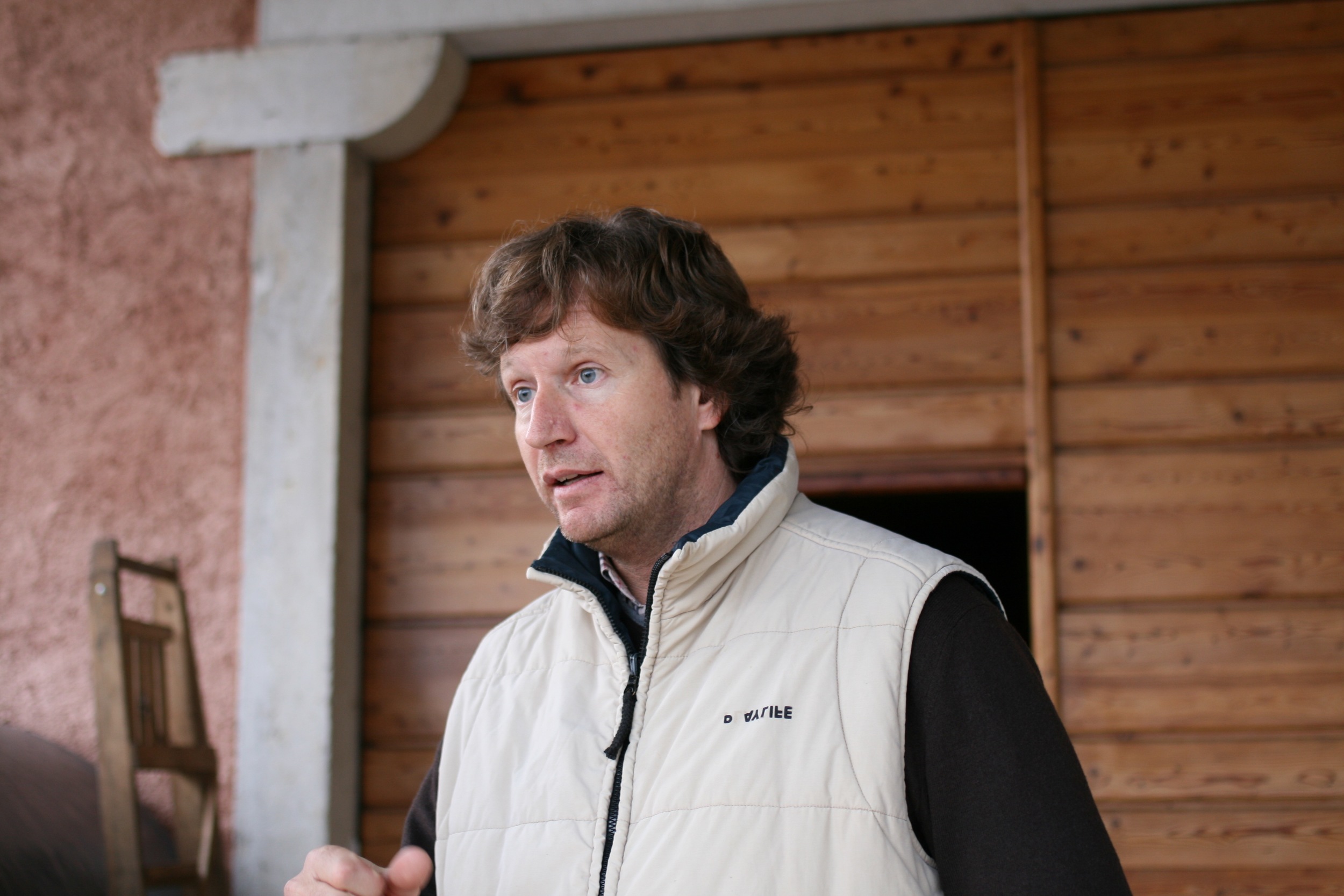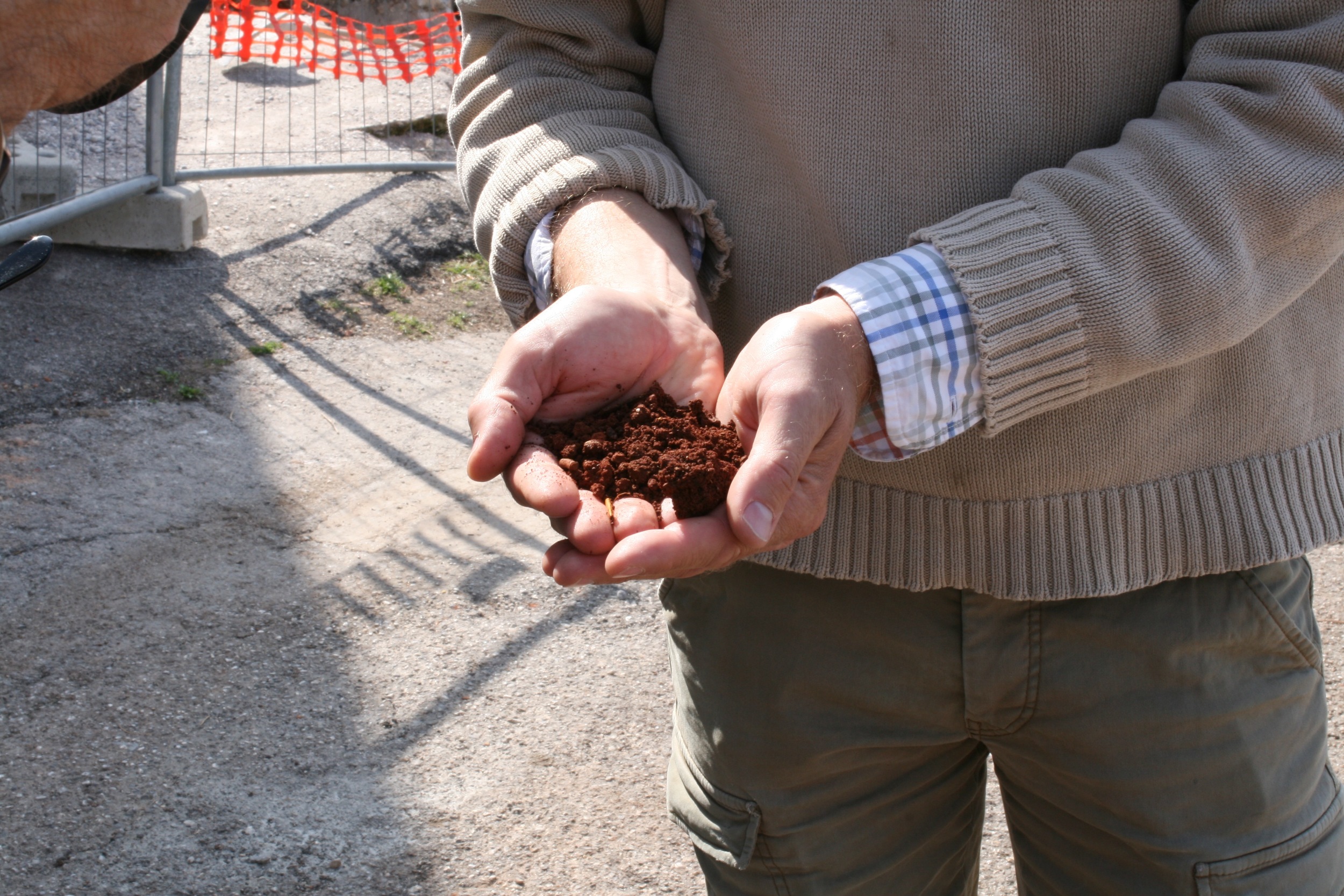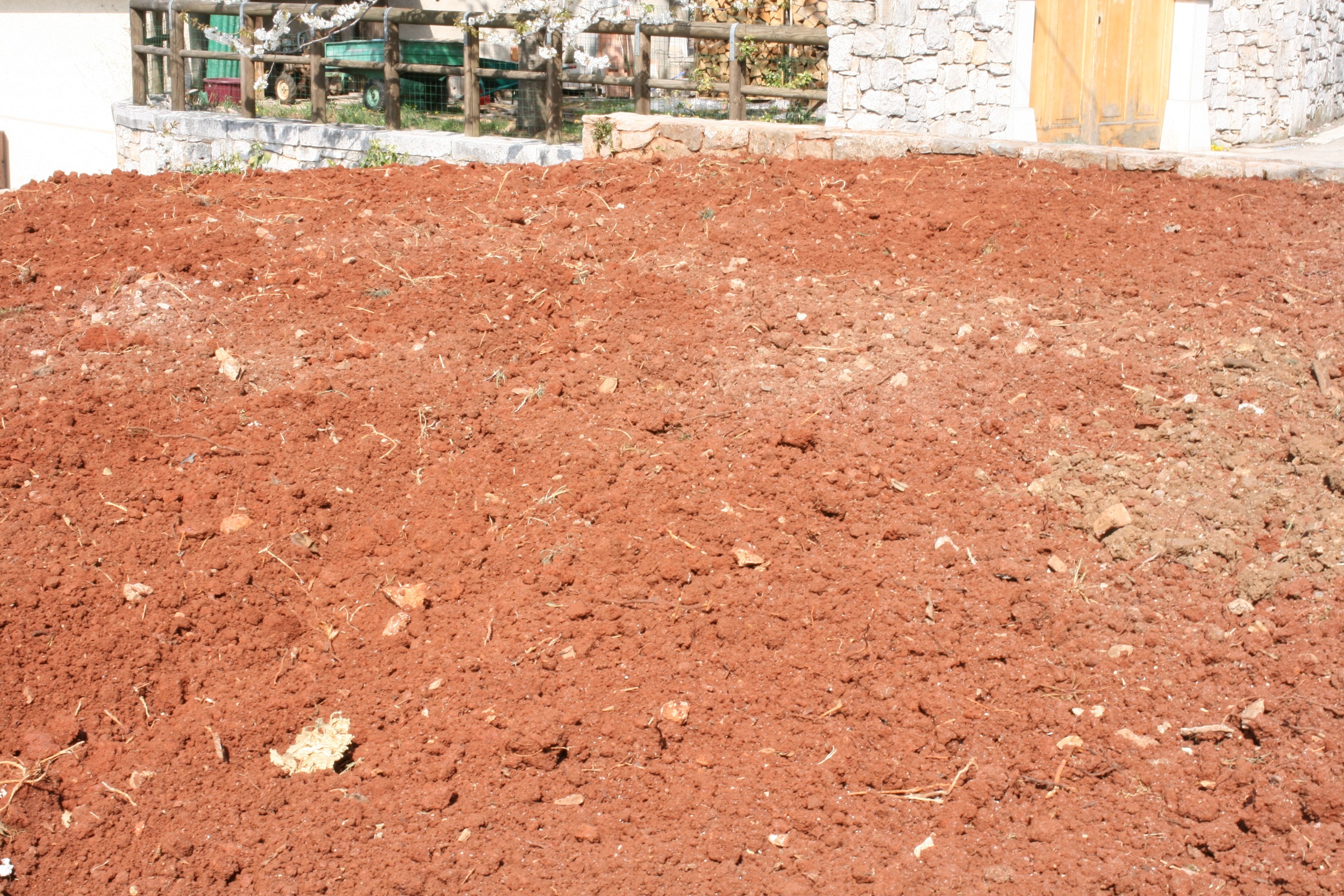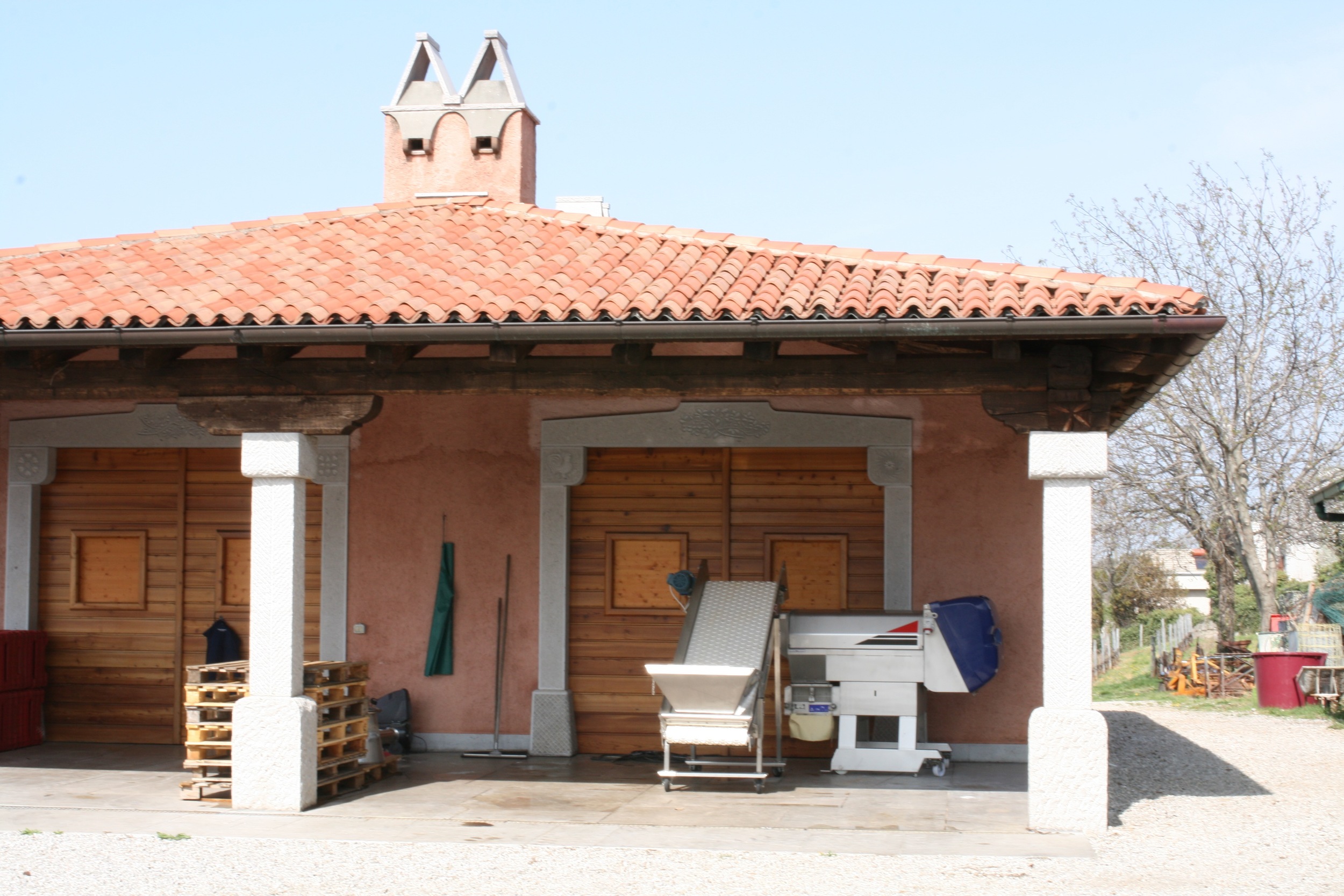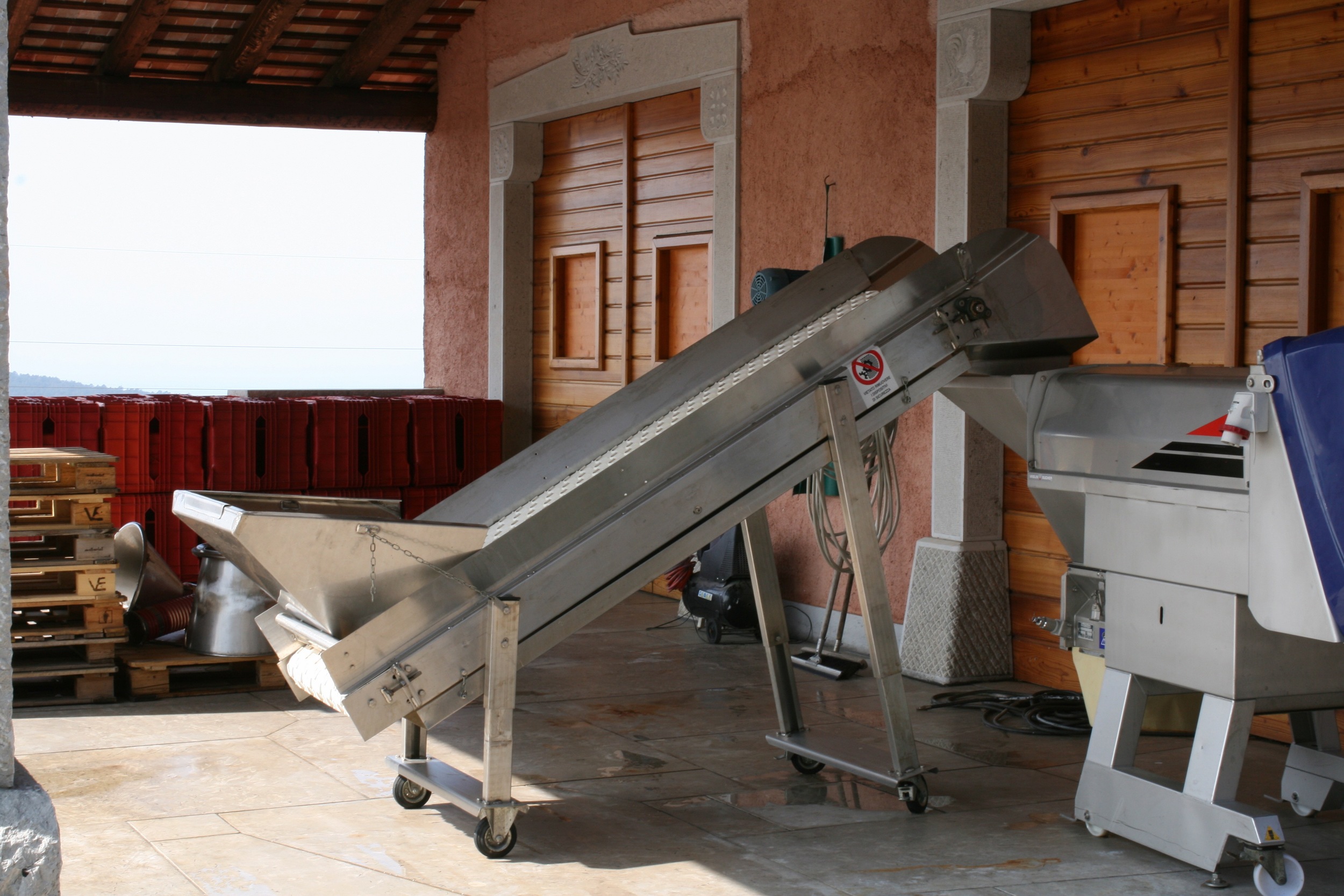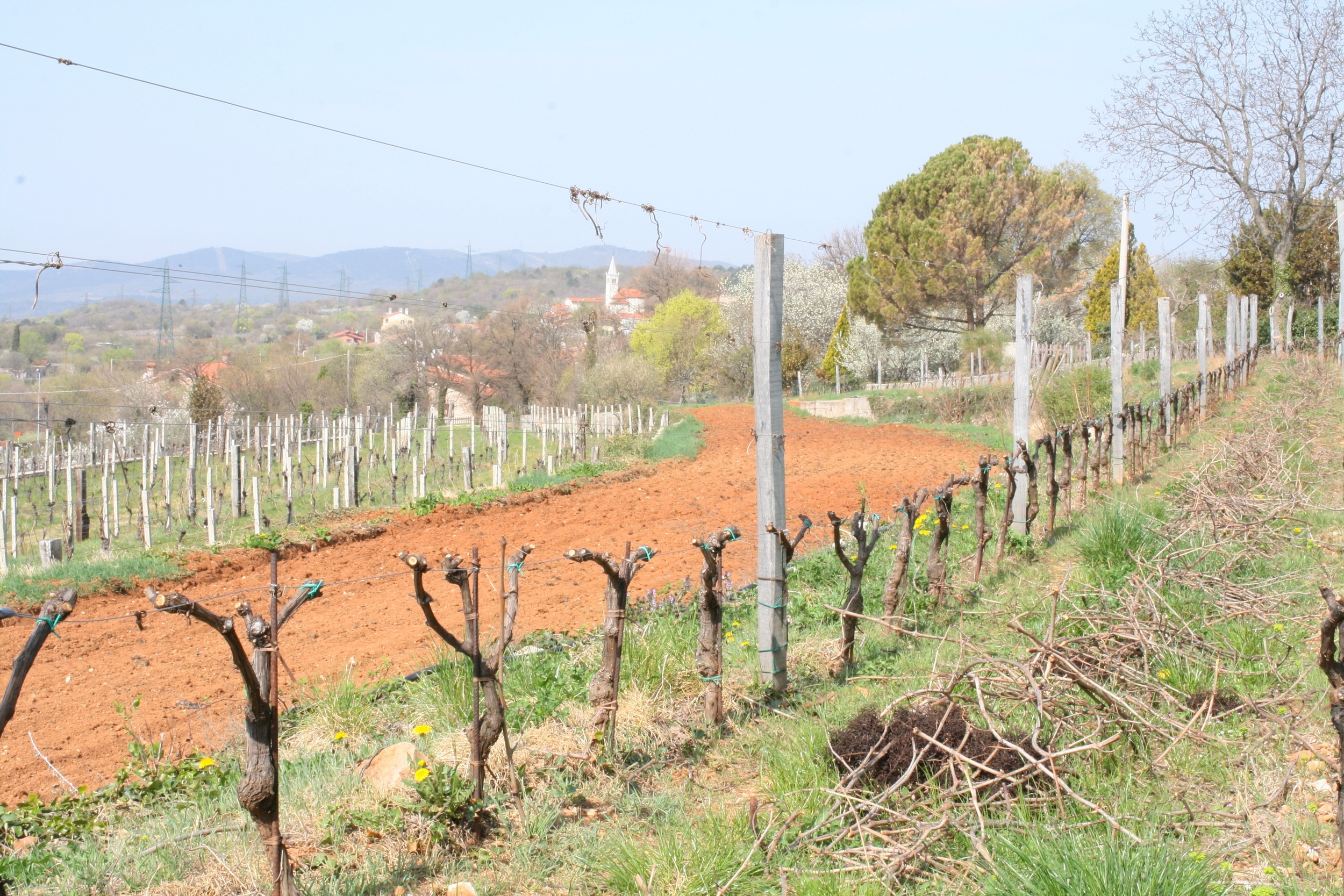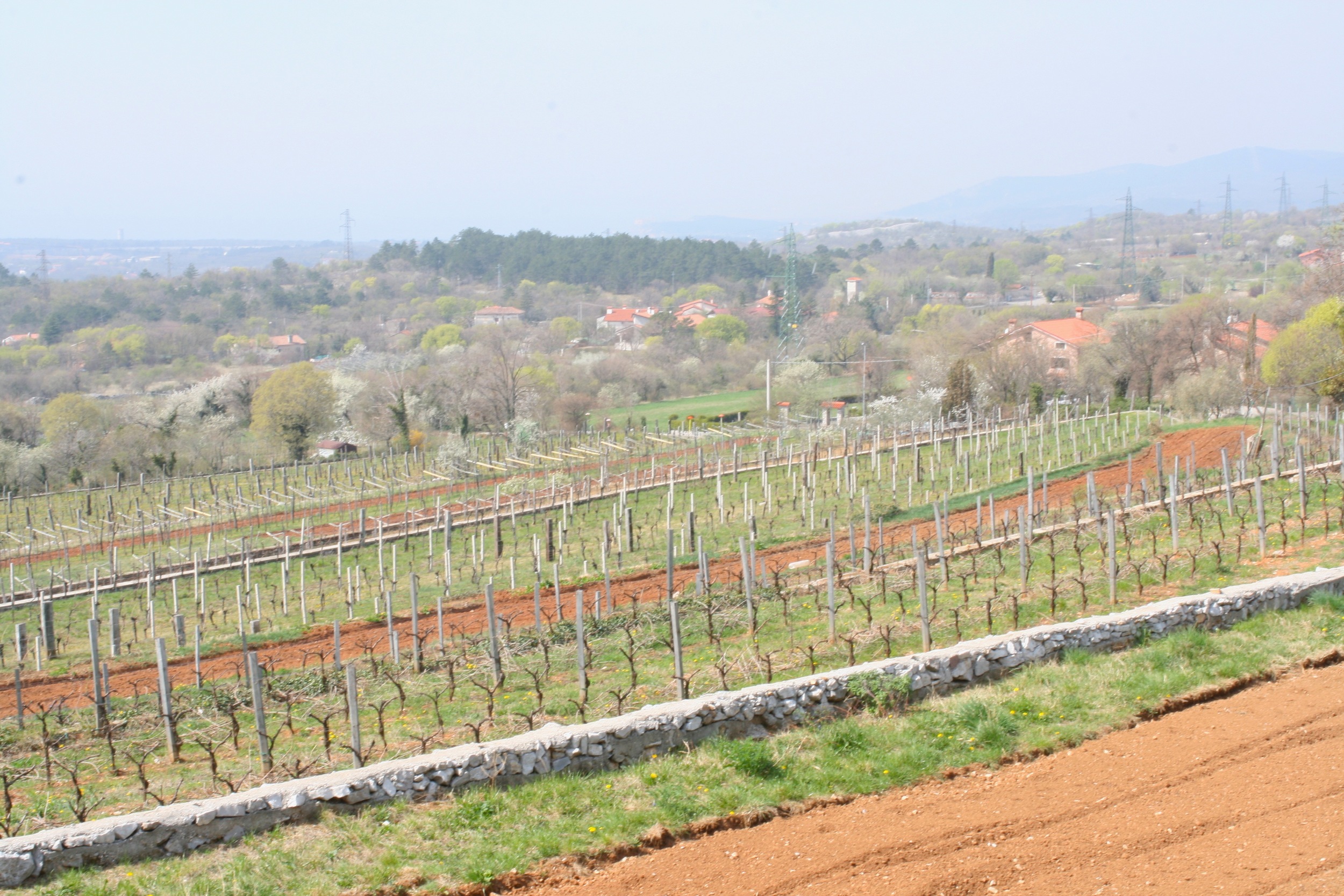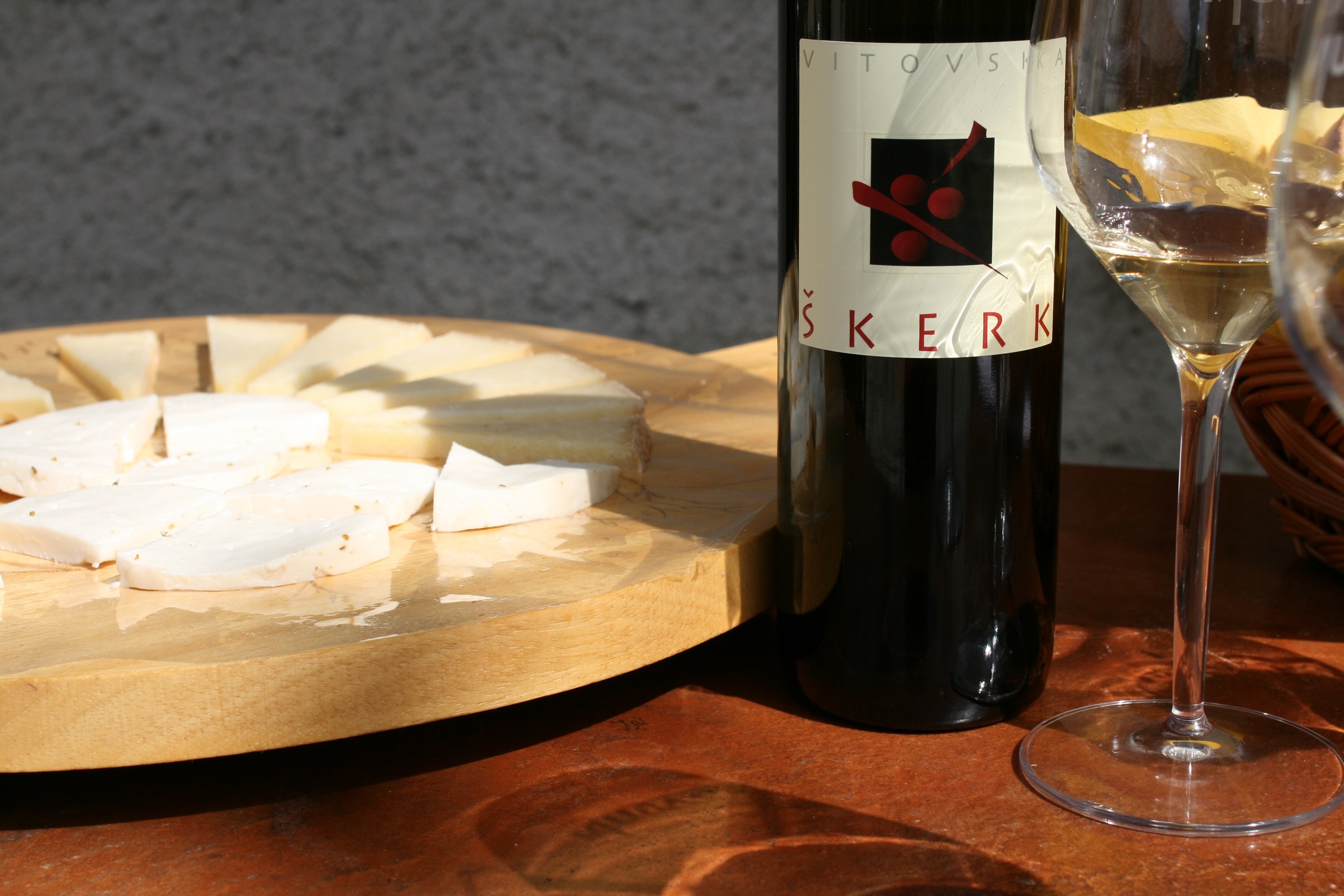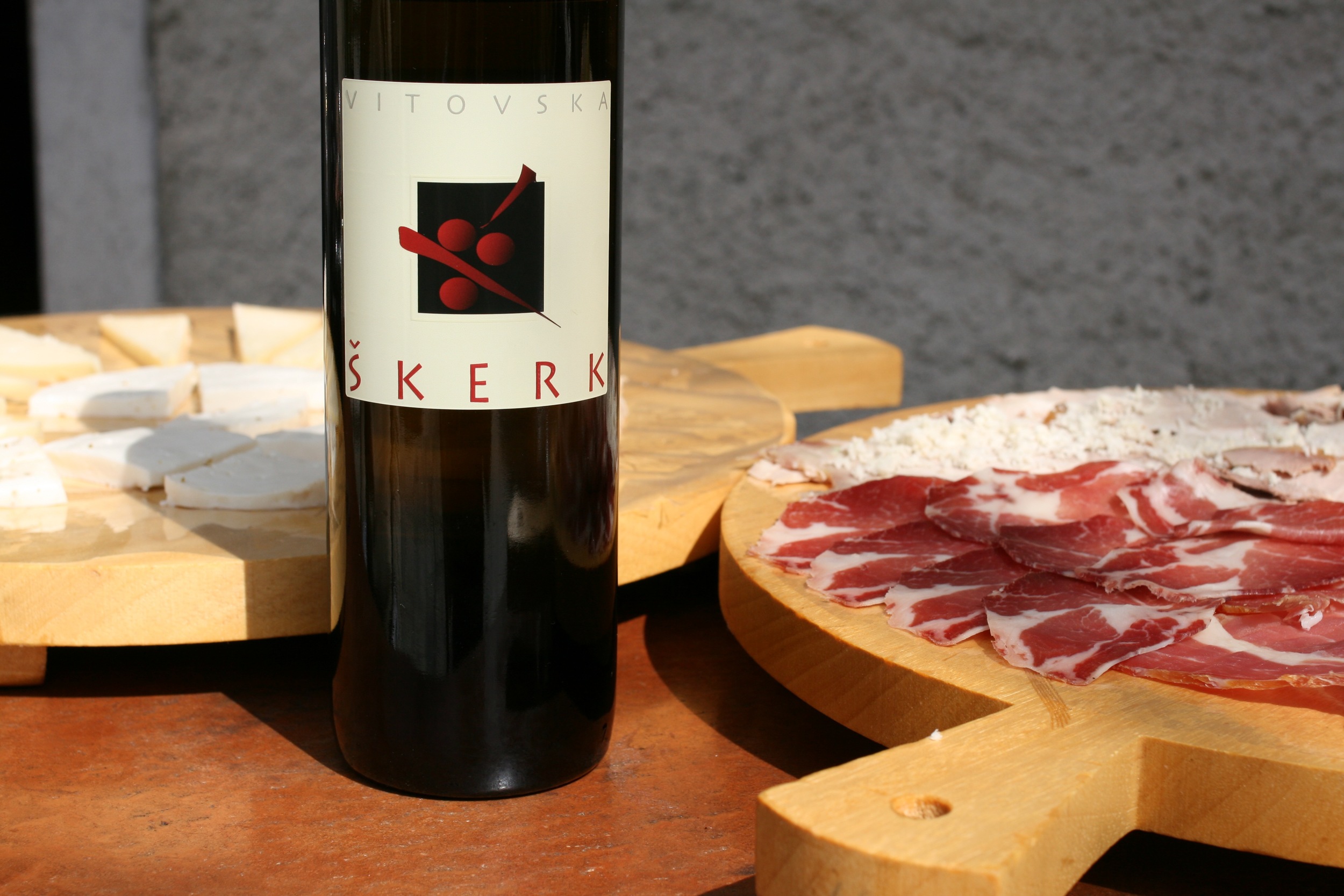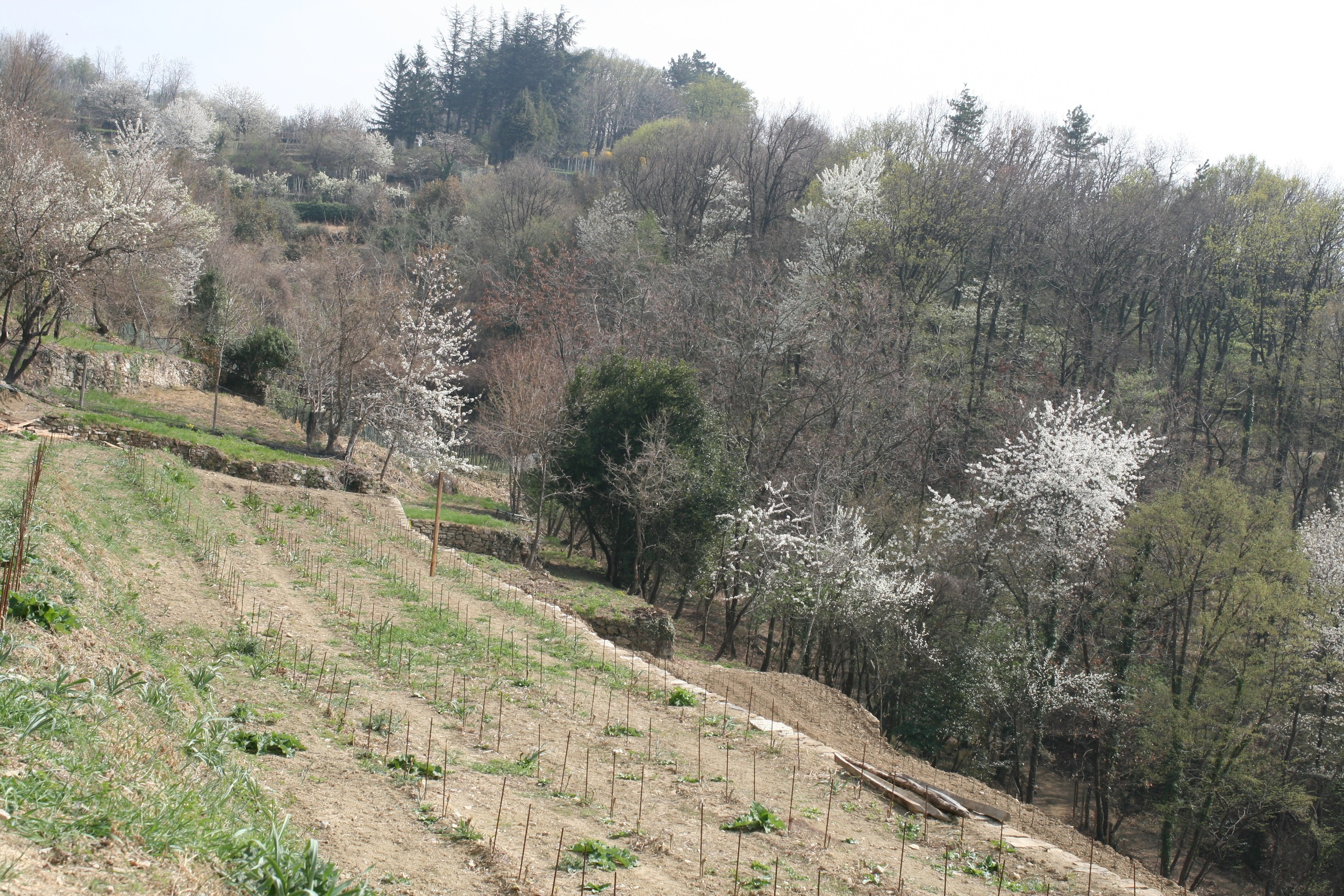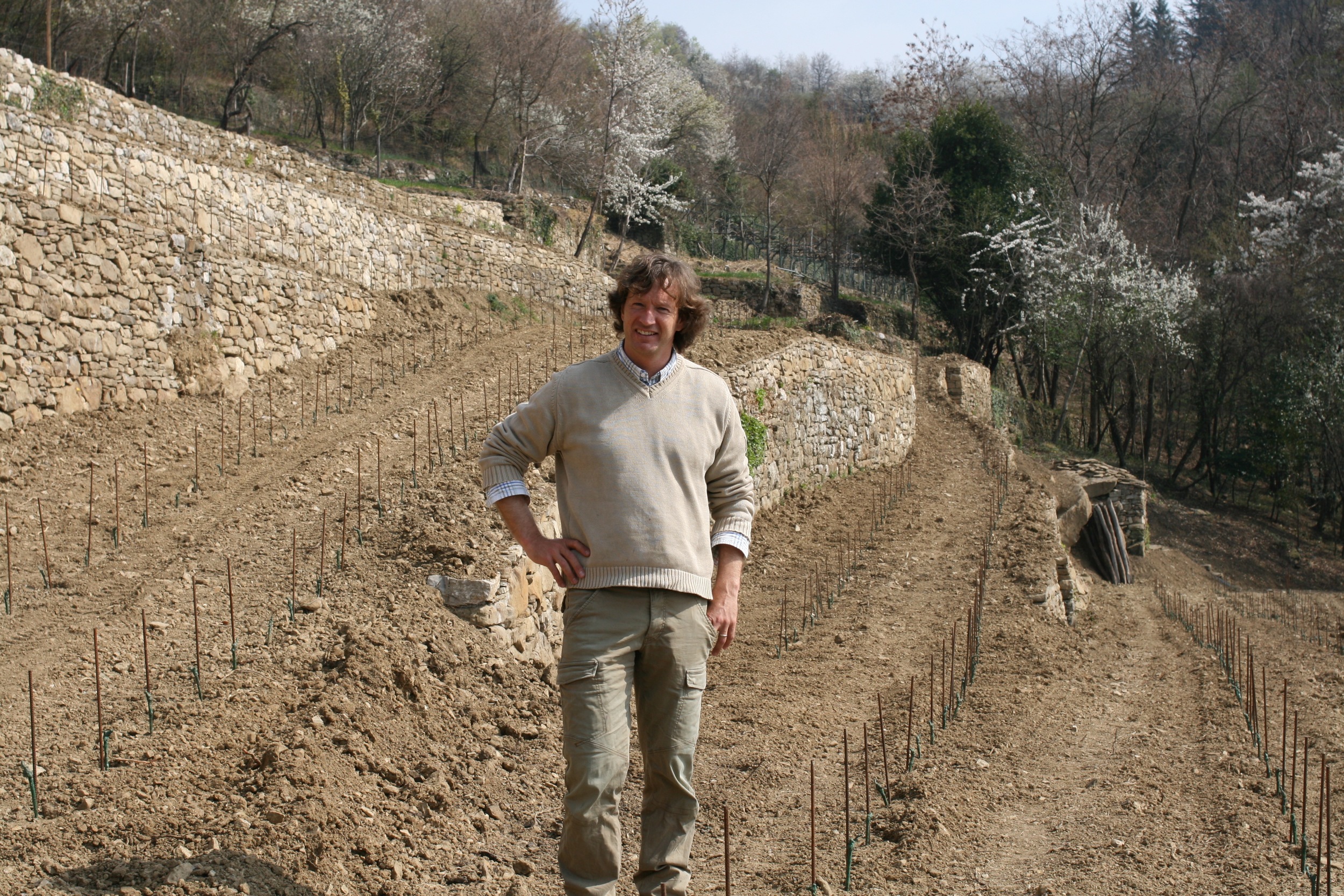Skerk
about Škerk:
Sandi Škerk is an outstanding grape-grower and winemaker from a village in the Carso, a wine region on the border between Italy and Slovenia. The Carso is distinctive in a number of ways; Sandi is Italian, but speaks Slovenian at home, as do the majority of his neighbors; the delicious food has clear Eastern European influences; and the Karsk geology of the region, with meters of solid limestone under a thin layer of soil, is unique and striking. (Sandi’s cellar is a natural wonder, layer after layer of chambers excavated down into the rock, to a depth of 75 feet or more.) The white wines here are usually made by macerating the whole berries (the skins too, not just the juice), a method that is traditional in only two Italian wine regions, here in the Carso and around Oslavia, about 30 minutes north. (Both of these areas were part of the Austro-Hungarian Empire just until after the First World War.) Maceration is also traditional in Georgia, and is now widely used in other parts of the world to make the well-known wine category called ‘orange wine.’ Sandi’s winemaking is low intervention by nature, but also extremely careful; for more details click here.
Making white wines this way is an old idea, but it was new to me when I first tasted Škerk’s wines, in 2012 or so. It took me a while to get used to the idea, and to the way the wines tasted; Sandi’s macerated white wines are essentially different from the red/white/rosé types I had been used to. Now I love them. I love the way they taste by themselves, and I especially love the way they go so well with a wide range of foods. I was a late convert, but I am now a true believer. Sandi Škerk is one of the best producers we import, and his wines are some of the most distinctive and delicious I’ve drunk.
Macerated white wines are made by treating white wine grapes as if they were red wine grapes, fermenting and macerating the whole berries for a period of time, then pressing off the juice. Sandi’s whites are then aged for 12 months in large wooden barrels (barrels of between 1,500 and 2,500 liters capacity, much bigger than the barriques you see in Napa, which hold about 225 liters). The wines are then aged in still larger barrels of 5,000 liter capacity for about a further year. (Most white wines are made with just the juice, not the skins, and most are not aged in wood at all, never mind for two years; barrel-aged Chardonnay being the main exception.) The result of this winemaking process has more color than most wines, and a luscious, tea-like texture; clearly different from other wine types, and when done right it makes excellent table wines. Ograde with salmon is one of my favorite food and wine combinations. One might think that this much oak aging would be evident in the wines, and make them kind of ‘flat,’ but not at all; they are all vividly flavorful and fresh.
Jon Bonné of the San Francisco Chronicle wrote a great piece on the top producers in Carso, read it here.
_____________________________________________
the wines:
vitovska
Vitovska is very likely native to the Carso and is cultivated almost exclusively here and across the border in neighboring Slovenia. Very distinctive color; yellow with pale gold glints, slightly cloudy, gorgeous aroma, like the pulp of some exotic fruit, ripe apricot, sage. Salty and minerally, some beeswax and tangerine, ever so slightly sour, very long finish.
Malvasia
Ian d’Agata says of this variety ‘usually spectacularly mineral and austere (indeed, it is probably the most minerally-tasting wine of Italy).’ The maceration used by Sandi gives this example broad, almost fleshy texture, supported by minerality and acidity. Color is luminous mid- yellow, cloudy; smells and tastes of apple with hints of green pluot fruit and fresh herbs.
Ograde
A blend of varieties that complement each other beautifully, made distinctly pink by Pinot Grigio, which has pink skins; lush and complex on both nose and palate; notes include white peach, apricot, various herbs; hard to describe but delicious to drink.
Teran (Terrano)
The only red traditionally made here, Sandi’s Teran is reminiscent of Syrah or Cabernet Franc - opaque ruby color, complex aroma and flavor of black plum, grilled meat, and a creamy lactic note. Sandi served this with grilled T-bone steaks, which makes sense, this is a red meat kind of wine. Very fresh acidity, which is typical of the variety
_____________________________________________
more information:
Visit Škerk’s website
